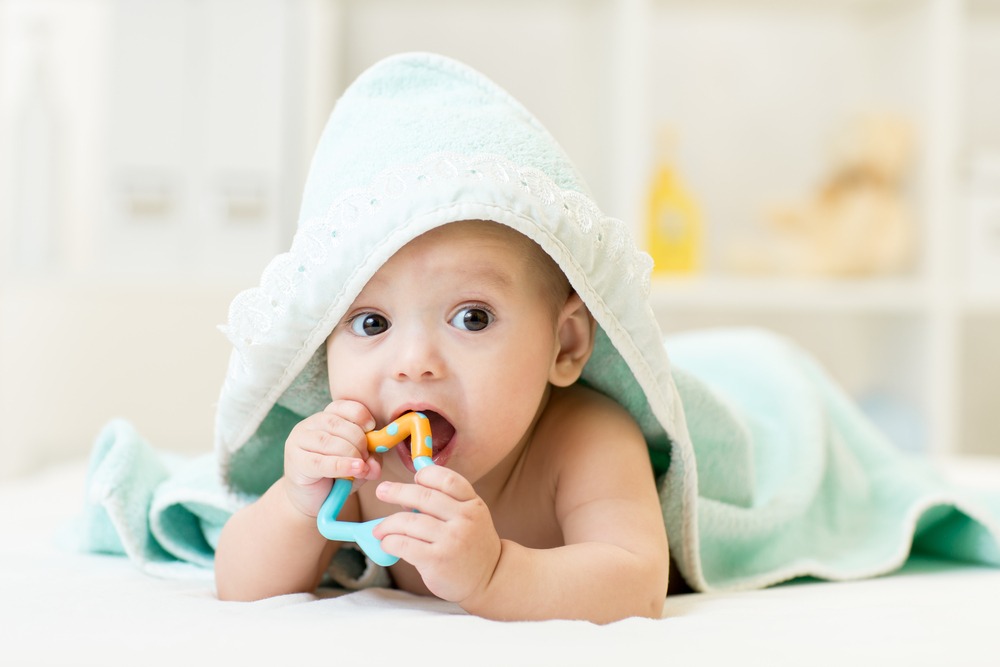As a new parent, Sudden Infant Death Syndrome or SIDS may be a significant worry for you. Unfortunately, some device and product manufacturers may prey on that anxiety you have about your baby by marketing things that they say can reduce the risk or prevent SIDS.
The FDA has repeatedly warned companies about the risks and dangers of marketing products with medical claims, but some continue to do it. Actual medical devices have to undergo stringent approval requirements by the FDA, and still, even so, can face litigation if there’s a failure in these devices.
The following are things to know about SIDS, what the FDA says generally, and actual proven strategies that you can use to help your baby sleep safely.
What Is SIDS?
Annually in the United States, an estimated 3,500 babies die during their sleep because of unsafe environments. Some of the deaths are because of suffocation, entrapment, or strangulation, and some are due to SIDS.
SIDS is the unexpected, sudden and unexplained death of a healthy baby. Most SIDS deaths happen during the first six months, and infants born prematurely or at a low birth weight are at greater risk.
Experts aren’t exactly sure what causes SIDS but believe it’s likely due to a combination of factors. Some research indicates SIDS can occur at a particular point in a baby’s overall development when vulnerable to environmental stress. Environmental stress can include getting tangled in bedding, exposure to tobacco smoke, an illness, or a breathing obstruction.
There are also some connections between co-sleeping with your baby in your bed and SIDS. Babies who die of SIDS may have difficulty responding to external stress and regulating their temperature and breathing.
FDA Warnings
A baby product can be considered a medical device and regulated by the FDA if there’s a claim that it cures, treats, prevent, or reduces a disease. The claims can occur in advertising, labeling, or packaging. When a baby product doesn’t meet the definition of a device based on FDA guidelines, another federal agency may regulate it. Commonly this is the Consumer Product Safety Commission.
Some retail baby products, according to the FDA, are being marketed with claims they can prevent SIDS.
Today, the FDA says no scientific studies are showing a medical device reduces the risk or prevents SIDS. Baby products carrying these claims, according to the FDA, may create a suffocation risk.
The FDA advises parents not to buy or use any baby product saying it will reduce or prevent the risk of SIDS.
Some of the most common items you’ll see marketed this way include mattresses, crib building, baby monitors, and crib tents, as well as infant sleep positioners.
So What Can You Do?
According to the FDA, the best things you can do to reduce the risk of SIDS in your new baby involve creating a safe, healthy sleep environment.
The American Academy of Pediatrics says you can do the following to create a safe sleep environment for babies up to a year old:
- Babies up to a year old should be placed on their back to sleep for naps and night. If your baby rolls from his back to his side or stomach on his own, he can stay in that position if he can roll already.
- When a baby falls asleep anywhere aside from his crib, including in a car seat or stroller, he should be moved to a firm surface as soon as possible.
- If your baby can roll, you should stop swaddling him.
- The firm surface element is a critical part of a safe sleeping environment. Your crib, bassinet or play yard should meet all current standards. Check to make sure it hasn’t been recalled, and never use a crib that has broken or missing parts.
- The mattress should be covered with a tightly fitted sheet only. Don’t use things like pillows, bumper pads, stuffed animals or comforters.
- It can be helpful to keep your baby in the same room as where you sleep, but not the same bed. For example, having the bassinet within arm’s reach of your bed can be a preventative factor for SIDS.
- Don’t smoke in your home or near your baby if you are a smoker.
Finally, don’t let your baby get too hot. Keep his room at a comfortable temperature, and don’t dress a baby in any more than one additional layer beyond what you would wear.

